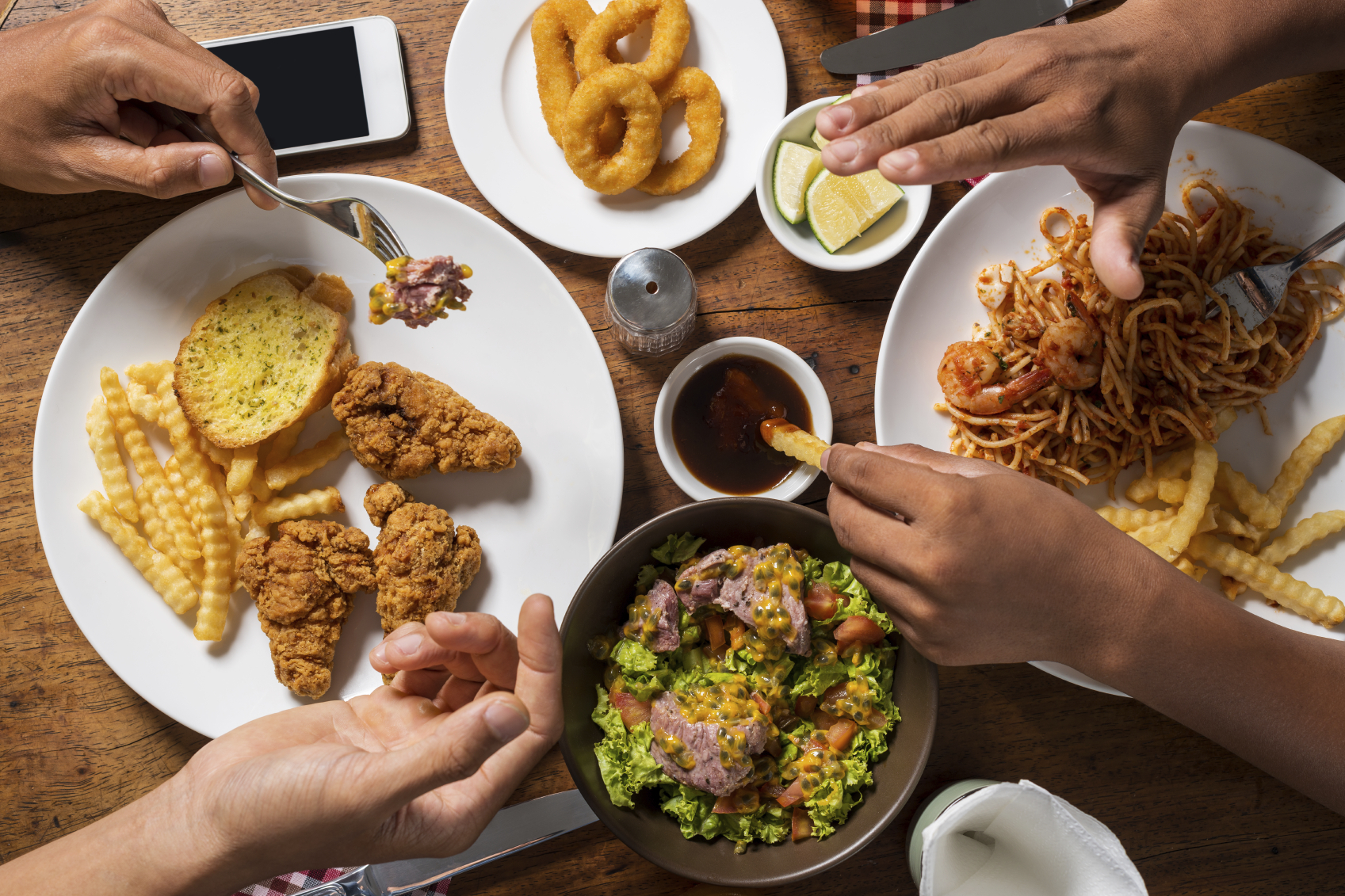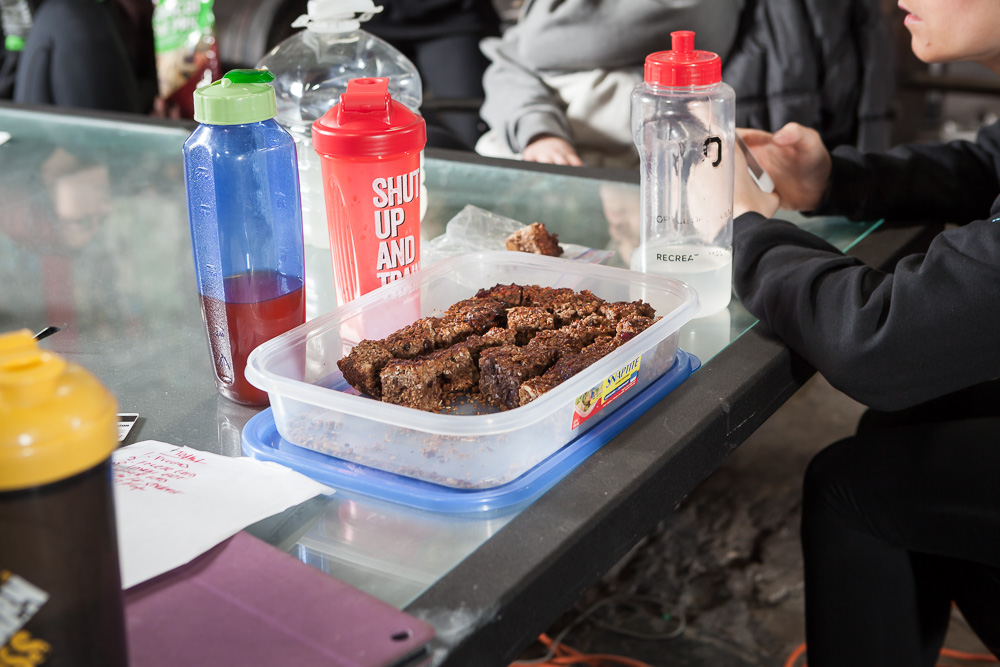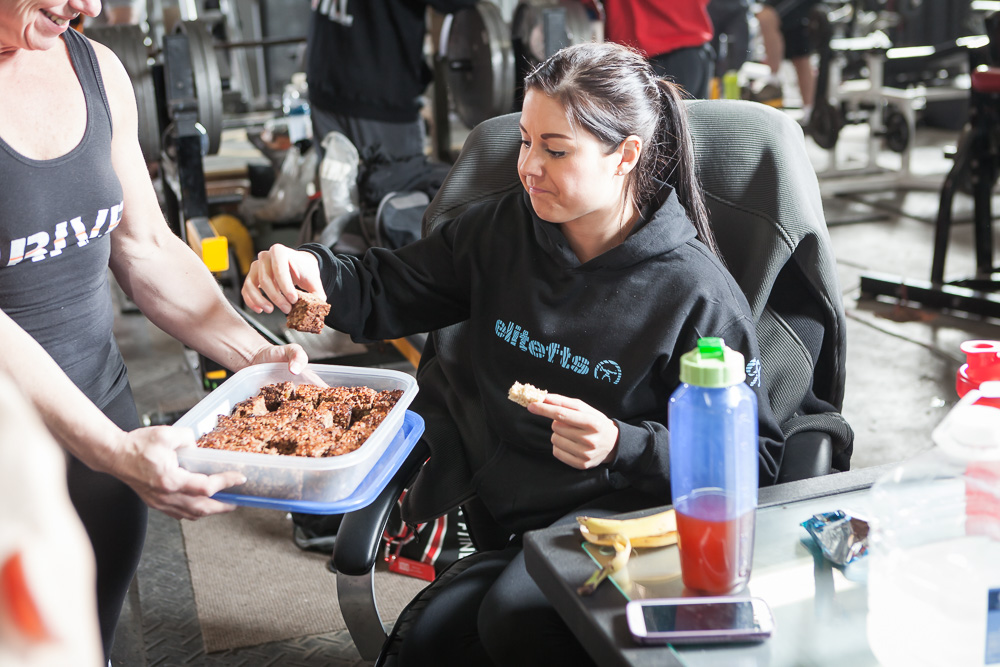
When trying to achieve success it's important to first consider ways you can fail.
You must have a clear understanding of what you're trying to accomplish and then focus on the ways in which most people fail on the same journey.
After all, no matter how resilient you think you are to these failures, you're likely to encounter them at least once.
With diet, "success" obviously depends on the end goal. But generally the intended purpose is either to create an environment for fat-loss or muscle/strength gain. Fat loss and muscle gain require time — weeks, months and years of certain factors to be in place.
So, why do people fail?
They fail to meet minimum requirements consistently.
Remember, if consistency is why people fail, then an “optimal” approach is actually the one that prioritizes flex under load.
Anyone can stick to a plan for a diet for a week or two, but it takes real determination to stick to a plan for six months or longer. Generally, this isn't possible. Motivation is fleeting; it's present in abundance when the goal is first decided on but when it comes to turning down that party in 11 weeks time, you can't rely on it to have your back.
Instead, you need ways to allow as much flexibility as possible. You need to expect the unexpected and plan for the worst.
This is rarely discussed in the pages of your favorite diet ebook or article. We can be told that alcohol, pizza and cream cakes don’t really fit with the plan we’re following until we’re blue in the face, but when all is said and done, we’re human. We give into temptation and we fail.
We need to change our mind-set from, “This is bad, I’m avoiding it” to, “My willpower will fail at some point, I need a plan.”
We need a nutrition plan that is as flexible as can possibly be while still creating progress. Optimal is irrelevant if you're "optimal keto, paleo, fasting" for two weeks before falling off wagon when the first hint of social temptation to overeat and indulge comes along and you lose motivation to continue.
RELATED: How To Get More from Your Protein Smoothie
Remember, if consistency is why people fail, then an “optimal” approach is actually the one that prioritizes flex under load.
Common approaches fail because they focus too much on specifics; they call for a fixed meal plan, restrictions on food group and unrealistic expectations of someone's ability to stick to a plan come hell or high water, they lack a contingency plan.
Plan of Action
1. Don't rule out any foods or food groups (alcohol included) unless you have a medical reason why. Your diet should be as varied as possible.
2. Your only focus should be calories, protein and fiber. Nothing else. Remember, this is a general plan and not intended for someone looking to get to bodybuilding levels of low-percentage bodyfat.
3. Make it about numbers. You need something in place to allow you to see your intake on a daily, weekly and monthly basis. I recommend a macro tracking app on your phone and a basic spreadsheet with columns for protein, carbs, fat and calories. At the end of each week, have a row that calculates averages and totals.
Process
1. Pick Targets
You'll obviously need a target calorie intake. This is highly individual, will change over time, and depends entirely on the goal. Discussing specifics of this is beyond the scope of this article but you can start with these general ideas for total calories:
- Bodyweight (in pounds) x 13-17 depending on activity level to determine maintenance.
- A sedentary woman may use bodyweight x 13
- A male with a manual labour job may use bodyweight x 17
Obviously, you will require adjustments over time depending on whether or not you're meeting your goal (not losing/gaining weight then deduct/add calories)
Calories and energy intake will determine your bodyweight and rate of bodyweight change. Body composition is then determined by protein intake and consistent mechanical loading of muscle tissue and progressive overload.
So, within calories, your protein intake should be at a minimum of 1.7g/kg bodyweight.
2. Have A Range Target
So, you need to make a habit of hitting your selected calorie target +/- 250kcal. Become a stickler for tracking everything you consume and transfer your app's readout into your spreadsheet. These habits may seem anal, but they are instrumental in facilitating you to be relaxed and on track when it matters.
3. Measure Bodyweight Daily, Under Comparable Conditions
You should be striving for comparable bodyweight weigh-ins (first thing in the morning) and tracking this alongside your nutrition, calculating a weekly average.
This is the most effective way to measure your progress on a diet. Many people will weigh themselves once a week, once a month, or maybe not at all. The typical issues they cite center around the factors that can muddy results: water balance, stomach contents and feces are all issues that can cause your bodyweight to fail to show how well a plan is working. A daily weigh-in and resulting average will smooth these issues out. Yes, all the above can make a scale weight unreliable, but none of the factors will accumulate or decrease linearly over time (unless you’re visiting the toilet only once a week, in which case diet flexibility isn’t really your main concern).
What you're achieving by doing this is harvesting data — simple data, sure, but data allows you to do two things:
1. Evaluate whether your plan is working or not
2. Plan around events and develop contingency plans
We're going to view things on three time horizons: 48 hours, fortnightly and monthly.
48 Hours
You'll have days you overshoot and days you don't quite hit your goals. In the first instance, manage this by viewing your intake on a 48-hour timeline. Overshoot by 500kcal on Monday, lower your calorie target range by 500kcal on Tuesday.
Fortnightly (14 Days Increments)
What matters is that you're being consistent overall rather than over a morning, day or even a week. So, if you have a few days in a given week that really don't go to plan, you have meals out entertaining clients or a big blow out with friends, look at your total calories for the week. Where are they relative to if you'd hit your range each day? Take the excess, divide by 7, and deduct your daily target for the next week by that amount. You just smoothed over the blowout like it never happened and with minimal effort; it just took a few simple calculations.
Monthly
By extension, if you have a bad week, you can have a bad month. You may have a holiday or a string of festive celebrations over the Christmas period. Again, we just need to look at things over a longer horizon and tracking this data allows us to do this. Where are your monthly calories relative to what they should be? Has your average weight moved how you planned? Have you hit your protein?
Move forward by making sensible adjustments. Maybe aim for 2g/kg protein for a few weeks, drop your calorie target by 250kcal per day for the next month, and monitor where your weight trends.
What Does All This Mean?
We often get caught up in what is optimal and lose sight of the fact that, unless you’re a hermit, it’s important to have a life too.
Just because you want to indulge in the finer things life has to offer doesn’t mean you can’t stick to a plan at the same time. Try not to view these behaviours as geeky and anal; try to see it as the work upfront that can facilitate play at a moment’s notice. After all, when all is said and done, the plan that allows you to keep your cool and stay consistent for the longest will always prevail.
Jonny is a British powerlifter, competing in the IPF/GBPF. He’s represented Britain twice at the IPF World and European championships in 2015, totaling 1,474 pounds in the 93kg weight category. He co-owns www.Propanefitness.com where he coaches everyone from aspiring powerlifters to competing bodybuilders.












2 Comments